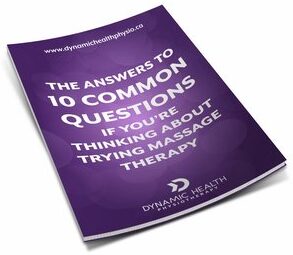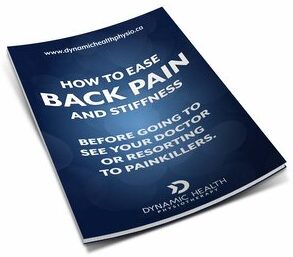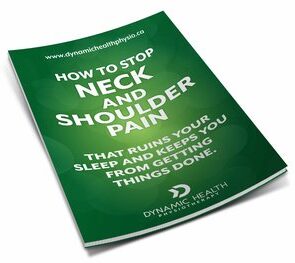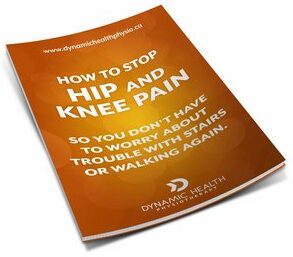NOVEMBER 9, 2016
NECK AND SHOULDER PAIN - WHY SITTING ISN'T DOING YOU ANY FAVOURS
Sometimes it seems like that nagging neck or shoulder pain comes out of nowhere! And when you try to treat it with some heat, or painkillers, or cooling creams, etc., nothing seems to work. You get that slight improvement for an hour or two…maybe a day. Next thing you know…BAM! the pain is back again!

Most people that present with this type of injury are baffled by the pain because they “didn’t do anything strenuous to hurt it lately”.
The crazy part is, it might not be any one thing that sets off the injury. In fact, it’s much more common to see an injury that’s the accumulation of all the little things we do on a daily basis that add up to one big, bad, sore neck or shoulders.
One of the main culprits I see almost daily is actually your sitting posture. The way you set yourself up at your desk, in your car, on the couch…all can play a role in how much stress is being put on the neck and shoulders throughout your day.
Take a look at your posture right now, for example:
• How are you sitting in your chair?
• Do you have good support?
• Are you leaning forward?
• Are you hunched over a laptop, tablet or phone?
All of these things can affect your neck and shoulders and lead to pain and stiffness over days, months, years of sitting in poor postures.
So what should you do about that nagging neck or shoulder pain? You may not have to look much further than changing your sitting position and correcting posture.
If you are sitting for long periods of time during your day, here’s 4 things to keep in mind to help reduce stress on the neck and shoulders:
1) Mare sure you are sitting at the back of your chair and not perched on the edge.
Often times when we are focusing on our work, we tend to move out toward the front of our chairs. This means you have to lean forward, which causes more stress on the neck and shoulders.
2) Adjust your chair (and lumbar support if you have it) so you have good support for your low back?
Supporting your lower back typically leads to better posture for your upper back, neck and shoulders.
3) Sit closer to your desk and make sure your back is resting against the back rest of your chair.
If you are leaning forward, just like when you perch on the edge of your chair, you increase neck and shoulder workload…not to mention low back strain too!
4) When possible, mare sure your shoulders, back and arms are supported.
This is most easily accomplished with a high back chair with adjustable arms, back and seat. This way the chair can be set up for YOU, instead of you trying to get comfortable in one that isn’t suited suited to you.
One last thought…
Are you usually hunched over a laptop, tablet or phone and you’re not at a desk on seated in a good chair?…Try to remember: head up, shoulders back!
That is really a topic for a whole other blog post, but I had to at least mention it before I sign off.
Remember, try out these tips to get you started if you are having neck and shoulder pain. You may be surprised how much it helps!

Have Questions About Massage Therapy

Need some help with your back pain?

Struggling with neck or shoulder pain?
Click the button below to claim your free copy of this neck and shoulder pain tips report!

